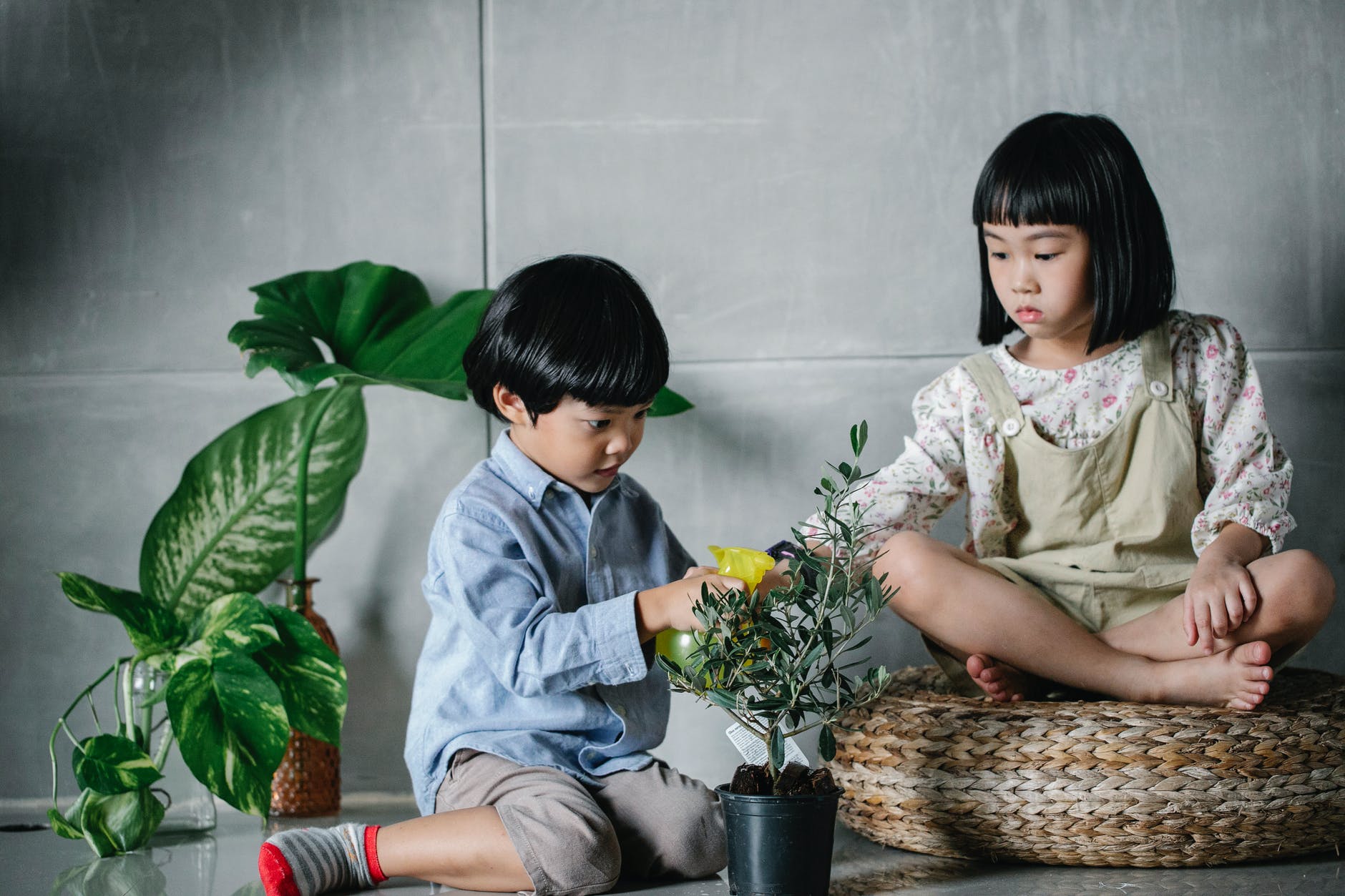Looking after the mental health of ourselves and our children is more important than ever.
Mindfulness – our ability to be alert in the present moment – is a recognised and credible set of skills, and an approach to life that can support our mental health. A recent research study at the University of Oxford explores the links between learning mindfulness at school and the wellbeing of students and staff.
I’m mentioning this research evidence because there are misconceptions about mindfulness, seeing it as ‘fluffy’ and ‘vague’. It is neither. Some people say that it’s a ‘fad’ or a ‘trend.’ It is not. Mindfulness is grounded in science and the wisdom of thousands of years. It is fundamental to being attentive which is at the heart of the learning process.
You want the best for your children and learning mindfulness early in life can help them flourish.
Children, especially young children, are naturally mindful. But we can celebrate and encourage this natural ability further, so they are even more curious and interested in the world around them.
I have never been as constantly surrounded by such mindful people as when I was teaching 5-7-year olds. These children– I learned so much from them!
You can do lots of things at home to support a mindful approach.
Here are my 5 top tips to try with your children.
- Wake up the senses – encourage curiosity
Any daily routine can be made more interesting when curiosity is encouraged. For example, when:
– Getting dressed, encourage children to notice the sensations of the clothes on the skin.
– Eating breakfast, notice the tastes and textures.
– On route to school, play “I spy…” games.
Try to spend time each day listening to something your child is interested in without interrupting them or moving them onto something else. This ability to deeply listen will help your child to develop their own interests and gain confidence. Who knows where these interests will take them? What a difference it makes as an adult if you are involved in work that you are interested in. Fostering this early in life can be so important.
- Say it as it is!
Help your children recognise their feelings and emotions and to describe them as they occur. For very young children this includes helping them to notice ‘butterflies in their tummies’, frustration, joy, happiness or anger. For older children, you will need to find the best way for them to express emotions, as they may not want to talk.
Whatever it is, help your child articulate feelings and emotions as they occur
- Introduce their new friend, the Amygdala!
Help your children to learn the basics about their brains, by making friends with their Amygdala. This part of the brain is activated when a threat (or perceived) arrives. It sets off a string of reactions in the body that are so useful for your child to know about. Such as sweaty palms, needing the toilet, heart beat getting faster, blushing, etc. Once children learn the basic science here, it can be so helpful for their ability to self-regulate and self-manage their emotions. The earlier this is taught the better. I have had wide eyed teenagers asking me “is that why my palms get sweaty miss?!”
- Encourage kindness and make time to reflect
Kindness to the self and others and appreciation, play an important role in improving mental health. You are modelling these qualities with your children so take care with what you model.
At the end of the day, perhaps at bedtime, make time to chat about the “best bits of the day”. Listening to what your child has enjoyed and is grateful for can deepen your understanding of them. It can often be in the small, simple things that gratitude is felt.
- Help them to know their bodies
The para-sympathetic nervous system helps all of us to become more settled and relaxed. It can be activated by breathing deeply. Many breathing exercises in mindfulness activate this system, so be creative with your children especially if they are stressed or anxious.
Rather than talking through a worry or a problem (which can bring the symptoms of stress back), try some breathing exercises. For younger children, ask them to try blowing air onto their fingers, pretending they are blowing out birthday cake candles, or imagining a floating feather on their hands.
You know your children best and you will know what activities will engage them. Try some things out and bring a sense of fun and lightness into it.
Parents and teachers can find more wellbeing support here.

About the author
Liz Lord is the former School Liaison Lead for the MYRIAD project at the University of Oxford. A school leader for many years, she now works freelance as a mindfulness teacher, consultant and writer.
